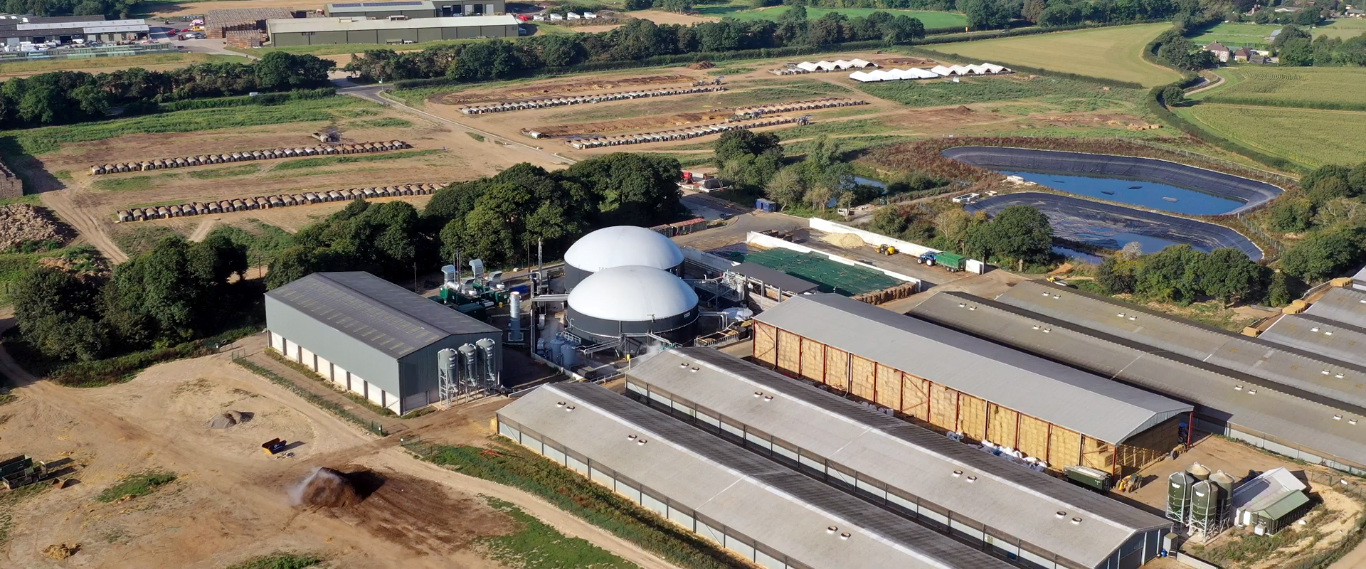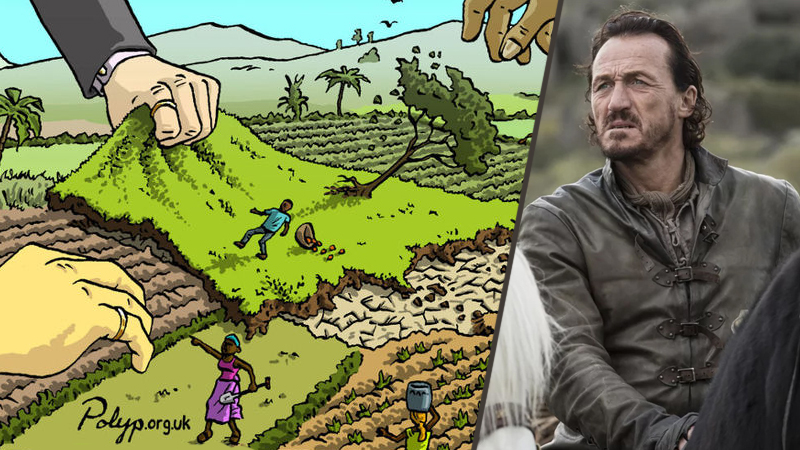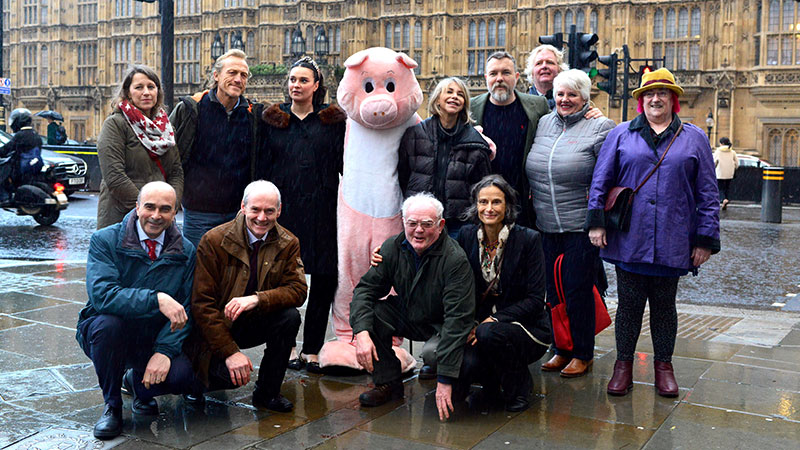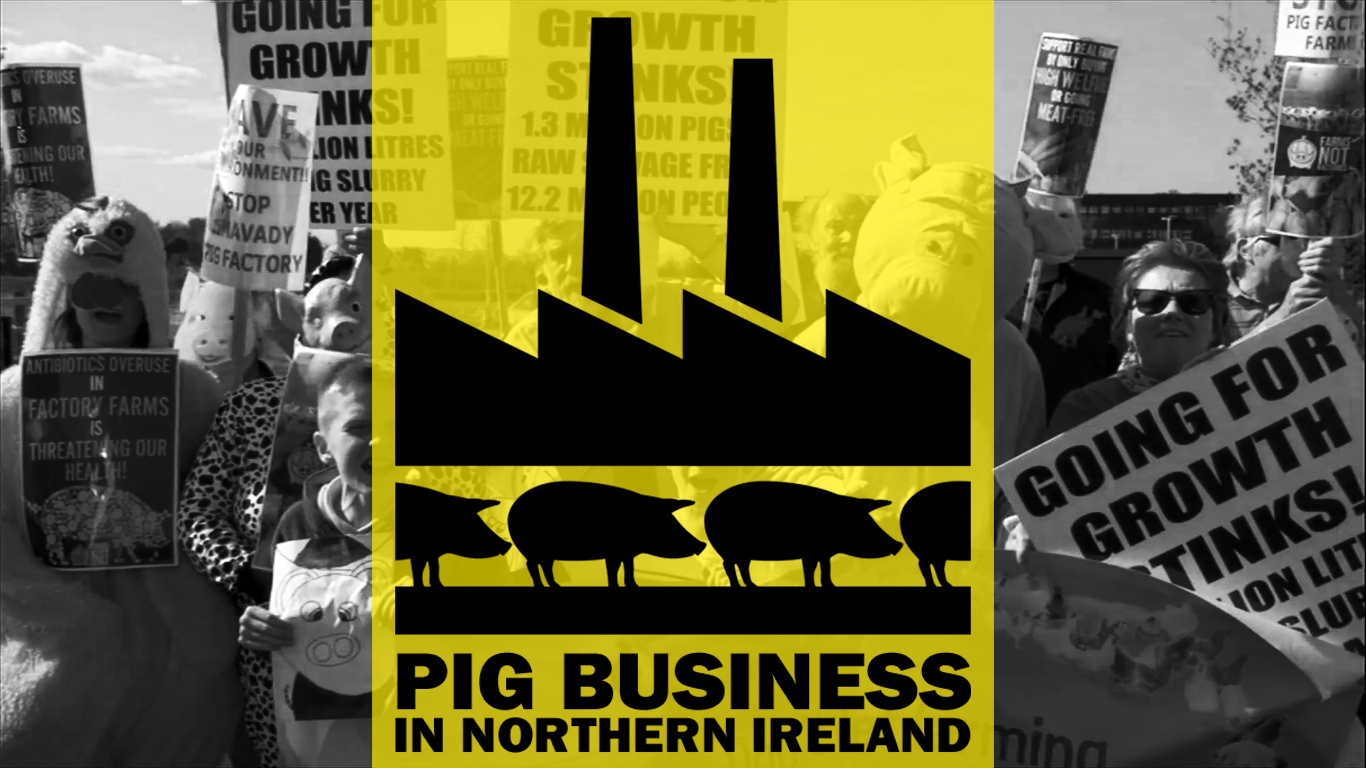The food system has become global, making the process of getting food onto our plates very complex. The combined effects of all of the stages of the food chain make it the single largest source of greenhouse gas emissions in the UK [1]. The volume of greenhouse gases will rise as farming is further intensified and the quantities of chemical fertilisers, pesticides and herbicides increase. This is not a sustainable option. According to the Soil Association 35–40% of all cereals produced worldwide are fed to livestock, and this could rise to 50% by 2050 if meat consumption continues to rise as predicted. If all cereals were fed to people and none to animals, there would be food for an extra 3.5 billion people [2]. At present almost one billion people are hungry or malnourished, a shameful indictment of the present food system in which luxury food for a few competes with the right to food for many.
THE SITUATION
- The rise of intensive meat production has meant that livestock are increasingly eating imported grains and soya, rather than being grass-fed or eating local food waste. Much of the imported grains and proteins have been grown on deforested land from which indigenous farmers have been evicted, often violently with loss of life. The ensuing monocultures, dependent on high inputs of chemical herbicides, pesticides and fertilisers, are an increasingly inefficient and unsustainable use of productive land [3].
- These grain and soya growing operations cause damaging CO2 emissions resulting from the burning of cleared forest, from intrusive road building, from high chemical inputs and from shipping the feed for 7,000 miles to markets in Europe[2].
- Intensive meat production is very inefficient, expensive and wasteful. The land required to grow feed for intensively farmed livestock is land which cannot be used to grow food crops for people. One third of the world’s arable land is used to grow feed for livestock.
- Meat from cattle raised on grass, from pigs fed vegetable and pasteurised kitchen waste, and from chickens fed by natural foraging could sustainably supply the world’s meat requirements if everyone ate no more than 100 grams a day. This is less than a third of US meat consumption and less than half of UK meat consumption per person. Any increase on 100 grams a day per person can only be met by systems whose cost to the environment, animal welfare and human health is unsustainable.
- The shrinking reserves of phosphates, the sharply increasing costs of pesticides, herbicides and fertilisers and the increasing threat to human health from antibiotic resistance mean that in the near future intensive livestock production will become uneconomic. To secure adequate food for the future, traditional, low-input, sustainable systems of food production must be conserved and encouraged [2].
POLLUTING THE AIR AND WATER
Liquid waste from meat production factories finds its way to rivers, streams, lakes and the sea. The nutrients in the waste cause algae blooms that starve the water of oxygen and kill fish and other aquatic life.The waste contains antibiotic-resistant organisms which can infect people passing through fields where the waste has been sprayed
The EU reported in 2000 that, ‘more than 20% of EU ground waters are facing excessive nitrates concentrations, with a continuous increasing trend in the most intensive areas of livestock breeding and fertiliser consumption’ [4]. At least 30-40% of rivers and lakes also show high oxygen concentrations that damages marine life. Organic farms use natural fertilisers and do not use pesticides and other chemicals that run off into water courses [2].
Toxic gas emissions from animal factories damage the health of people living nearby. The UK Health Protection Agency confirms the risks in its Position Statement on Intensive Farming, “Recent research in the United States found that those living up to 150 metres downwind of an intensive swine farming installation could be exposed to multi-drug resistant organisms.” The cocktail of toxic gasses also includes harmful endo-toxins, bio-aerosols, ammonia and allergenic particles of organic matter that sicken people living nearby.
FEEDING THE ANIMALS THAT FEED US
In the past livestock was raised on grassland supplemented with crops or waste produced on the farm itself. With the advent of intensive livestock production, globally sourced, genetically modified animal feed is now used instead. Increasingly, because of rising demand for meat, more and more land and resources are being used to feed farm animals rather than to grow grain that would feed people. The huge amount of land needed to grow the animal feed to support the rapidly expanding livestock industry has led to deforestation and land degradation[1]. According to the FAO, an estimated 33-40% of the world’s entire cereal harvest is used as livestock feed. The production of livestock feed consumes nearly 43% of the world’s food energy and returns only 29% of it, due to the inefficiency of meat production[2].
The expansion of industrial soya monocultures has displaced indigenous small farmers in Latin America, destroying previously sustainable farming systems that worked in harmony with the existing ecosystem, and provided for families and local communities [6]. With the food sovereignty of these regions now threatened, food security has become an issue, with productive land now being used to produce crops that are exported. The profitability of soya production for agribusiness, and the unclear land rights in Latin American countries has led to land grabbing by corporations, sometimes by violent means, to meet the demands of animal factories in Europe and elsewhere [6]
MORE HIDDEN, EXTERNAL COSTS
The external costs of factory farming include livestock’s contribution to the contamination of water, as mentioned above; air pollution, including greenhouse gas emissions; damage to wildlife and habitats; damage to soil; animal production diseases; food poisoning; human diet-related illness such as obesity, heart disease and cancer; and a decline in animal welfare [2]. In 2005 agriculture and food policy experts calculated that the total external costs of UK agriculture up to the farm gate are £1.5 billion annually, costs that are not included in the price of the food, or covered by the producers [2].
Well managed grazing and grass-fed farms are better for the environment, using fewer inputs which produce waste that is less harmful and in lower concentrations. This means that soil quality is conserved, erosion and water pollution are less prevalent, better carbon sequestration takes place and biodiversity levels are preserved [7]. The use of compost and rotational grazing ensures that soils stay healthy and productive, whilst also providing natural pest and weed resistance in the face of climate change [7]. Scaling down livestock production in the rich countries of the world is the fastest and most effective response that we can make to reduce the environmental footprint of food production and to free up grain for human consumption [2].
FOOTNOTES
[1] Friends of the Earth, 2007, Food and Climate Change (http://www.foe.co.uk/sites/default/files/downloads/food_climate_change.pdf)
[2] CIWF (2009), Beyond Factory Farming; Sustainable Solution for Animals, People and the Planet (http://www.ciwf.org.uk/includes/documents/cm_docs/2010/b/beyond_factory_farming_report_2009_exec_main_final.pdf)
[3] Organic Consumers Association, 2013, Climate Chaos: Boycott Genetically Engineered and Factory-Farmed Foods (http://www.organicconsumers.org/articles/article_27455.cfm)
[4] FAO, (2006) Livestock’s Long Shadow: environmental issues and options, (ftp.fao.org/docrep/fao/010/a0701e/a0701e.pdf)
[5] Soil Association (2010), Feeding the Animals that Feed Us, (http://www.soilassociation.org/LinkClick.aspx?fileticket=7L8E4PgIa4E%3d&tabid=1183)
[6] Friends of the Earth, (2008), Hoofprints; livestock and its environmental impacts (http://www.foe.co.uk/sites/default/files/downloads/hoofprints.pdf)
[7] Environmental Working Group (2011), Meat Eater’s Guide to Climate Change and Health, (http://static.ewg.org/reports/2011/meateaters/pdf/report_ewg_meat_eaters_guide_to_health_and_climate_2011.pdf)
Share This Article
Related ArticlesView All
Anaerobic Digesters Facilitating UK Factory Farm Expansion
Malcolm McAllister, CEO of Farm Renewables UK, paints a rosy picture of the anaerobic digester (AD) plants which his company… Read More
Pig Business, The Full Tail
The launch of the Pig Business, The Full Tail – an uncensored version of Pig Business (2009) comes as US… Read More
9 Reasons Why You Shouldn’t Eat Meat From Factory Farms
There has been an alarming 26% rise in intensive US-style factory farms in the UK since 2011. In Northern Ireland… Read More
Jerome Flynn Battles To Save Game Of Thrones Filming Locations
Jerome Flynn, known to many as Ser Bronn of the Blackwater, presents a series of ten 2-minute videos highlighting animal… Read More
Factory Farming Investment Risks Event at the House of Commons
A public outcry has currently stalled the planning application for a colossal pig factory near Limavady in the picturesque landscape… Read More
New Film: Pig Business in Northern Ireland (2018)
90sec Trailer 12min Short Take action We need a ban on the building of pig factories! Take action today. Friends… Read More






